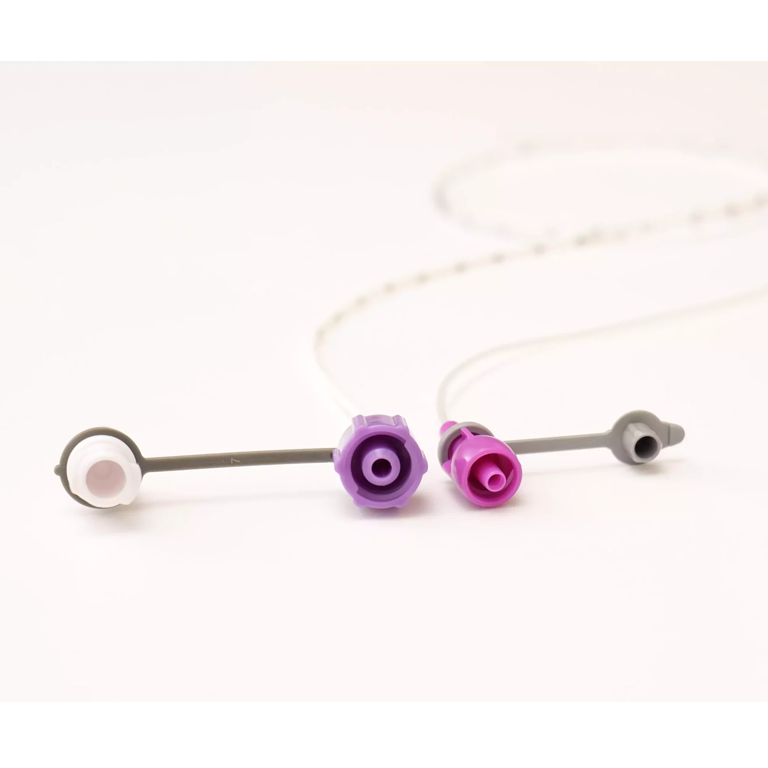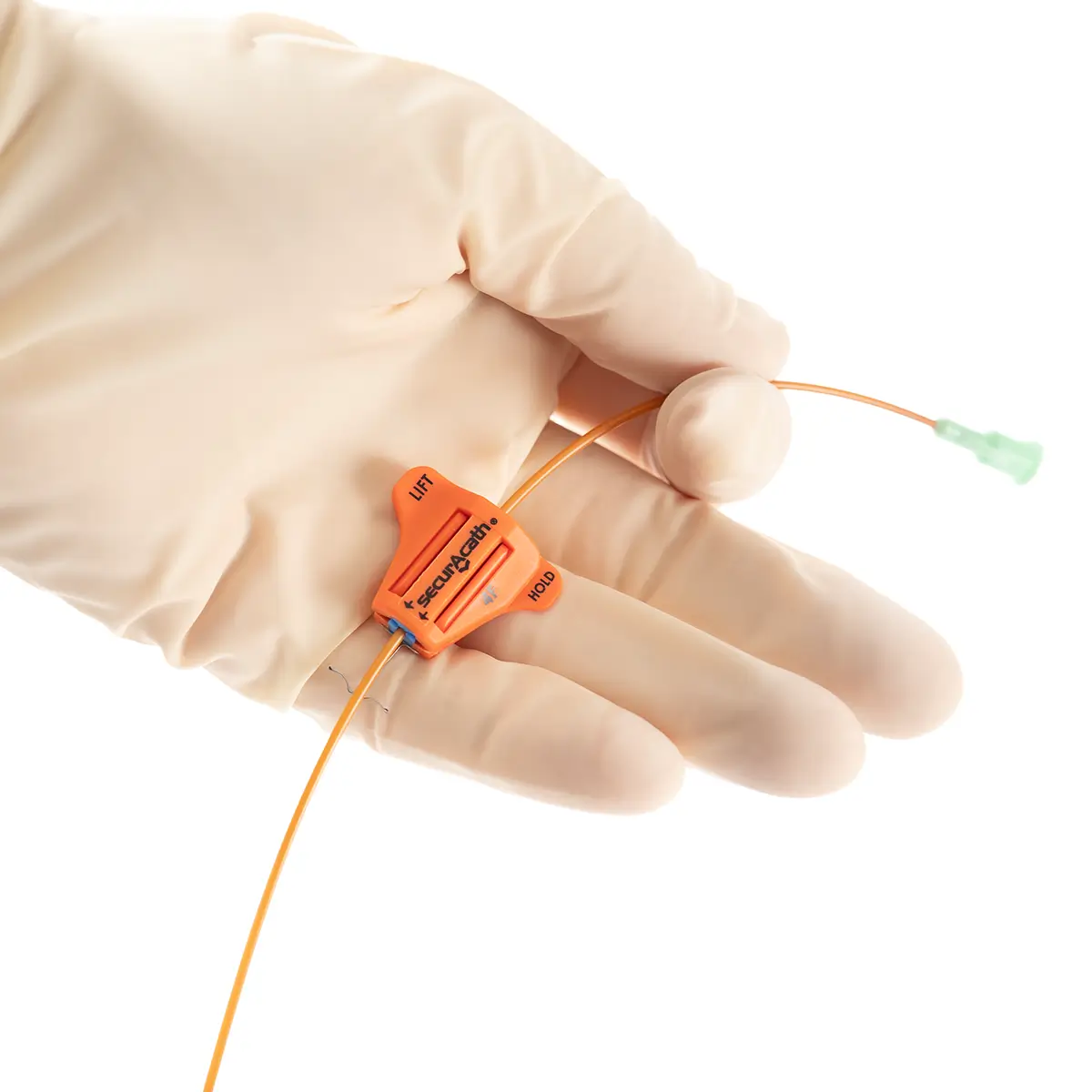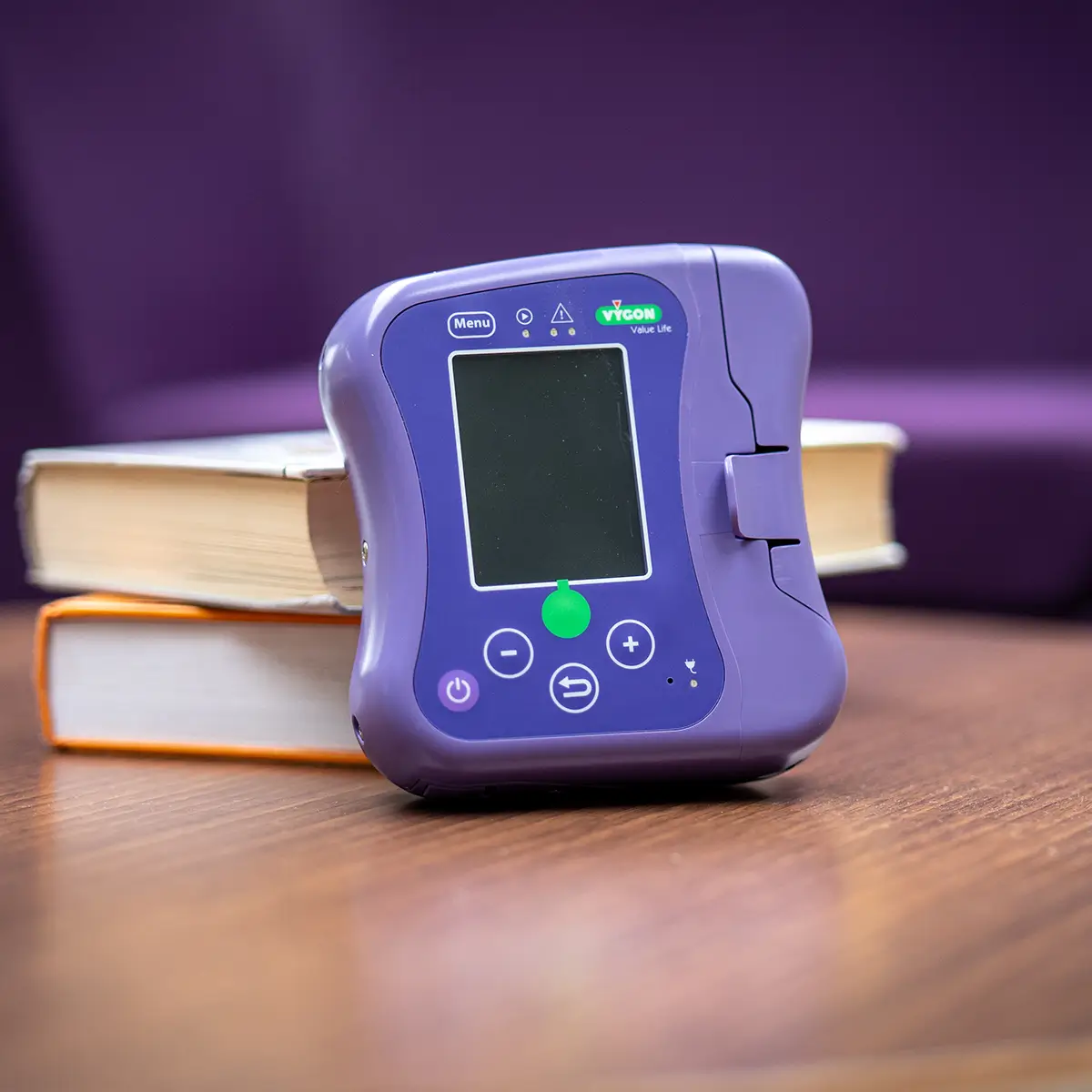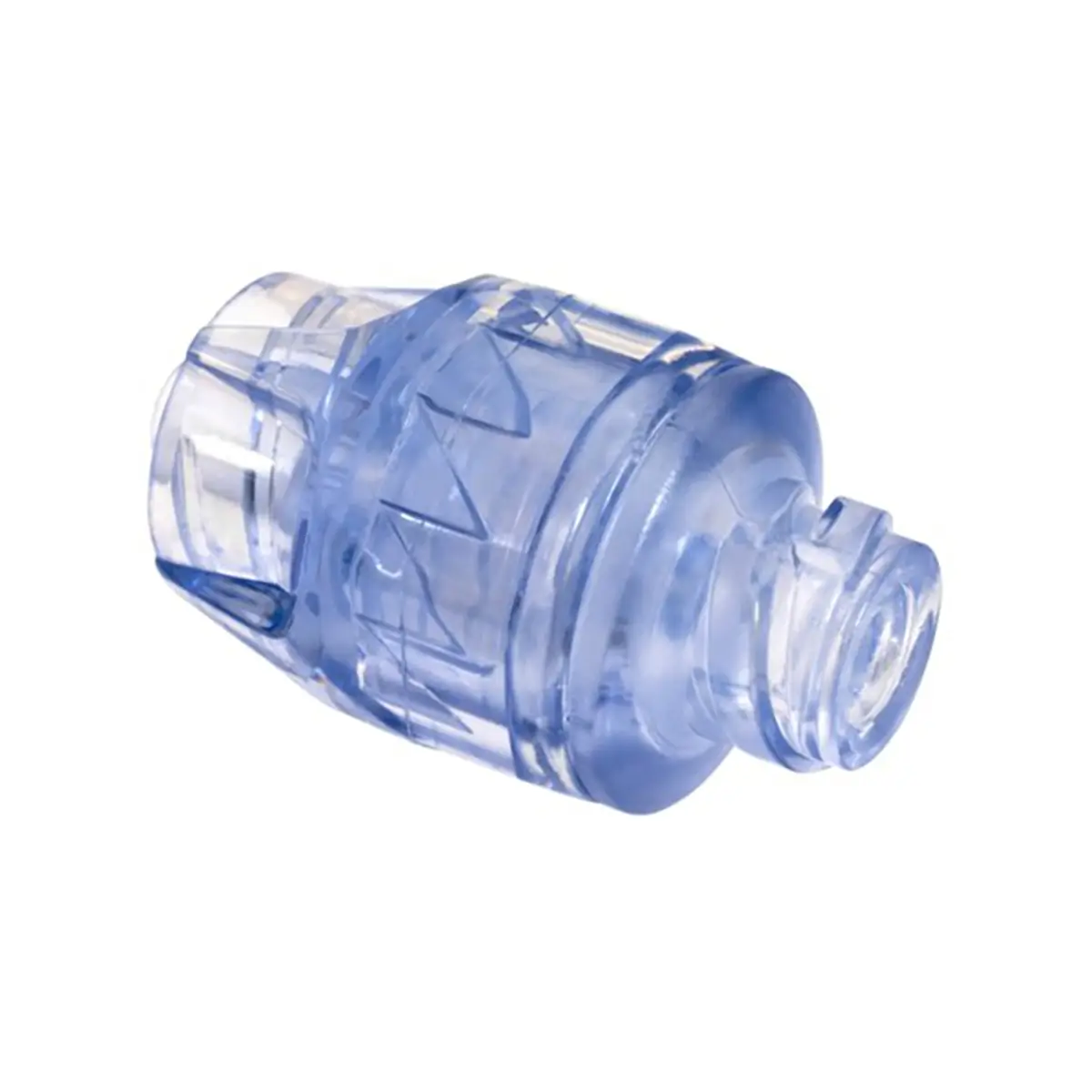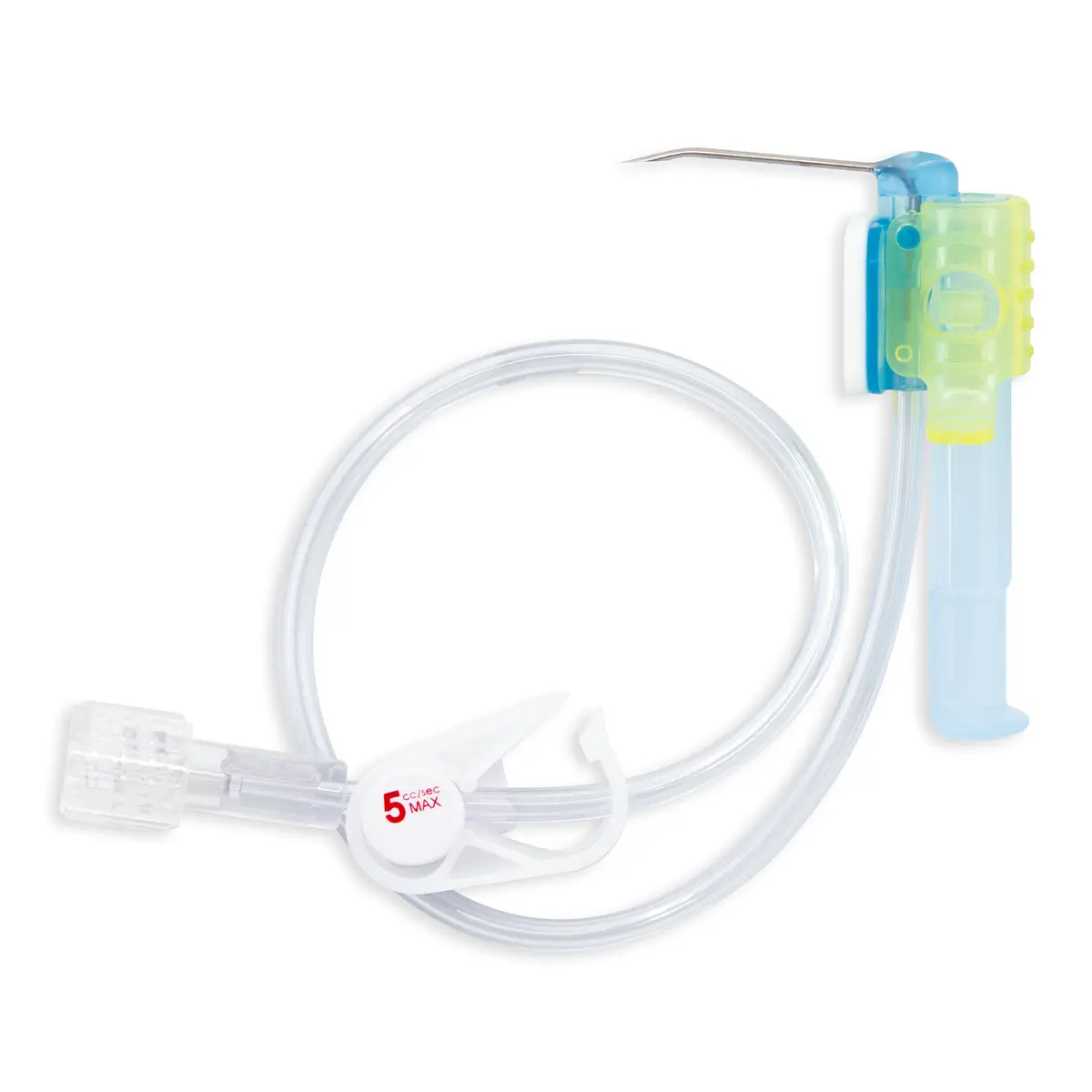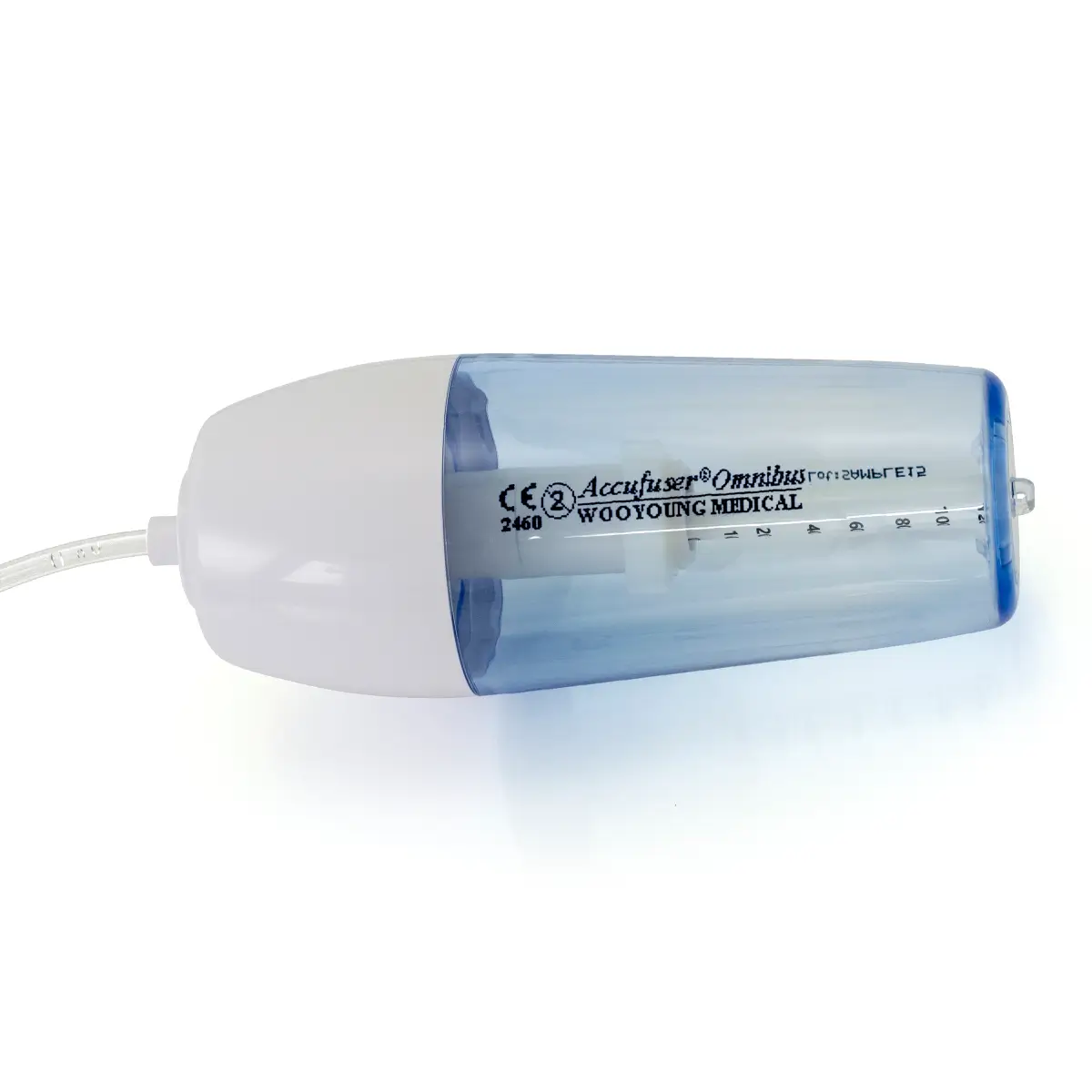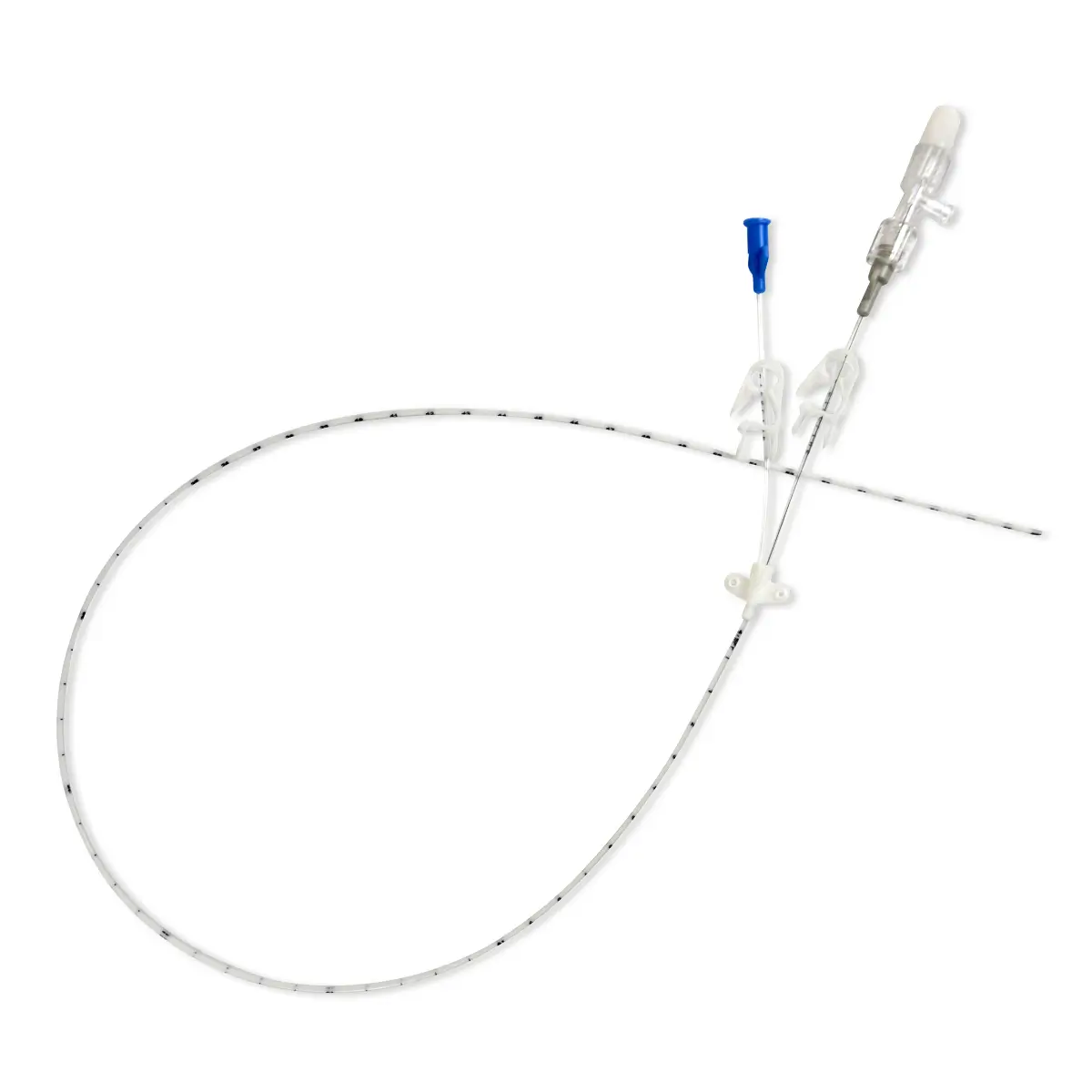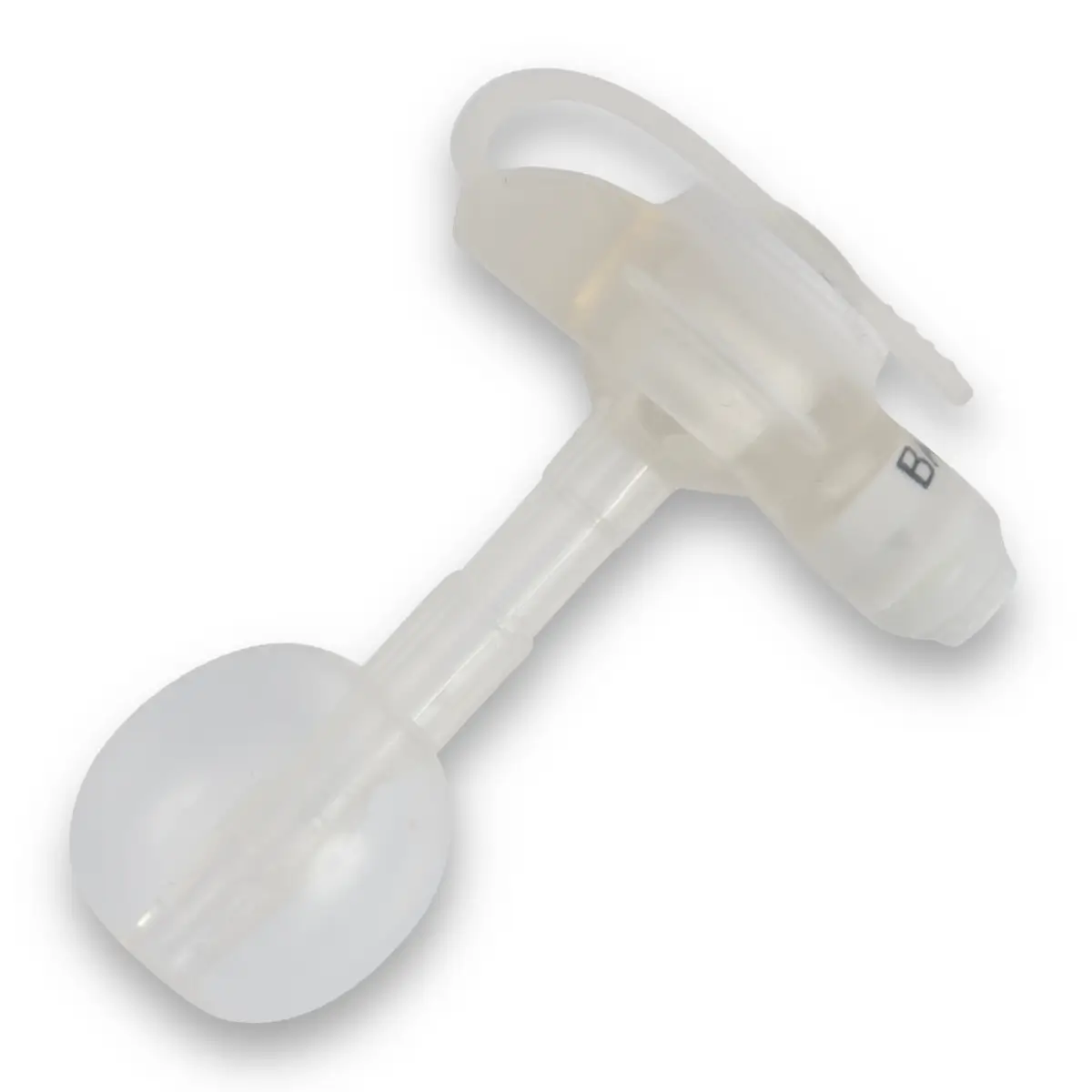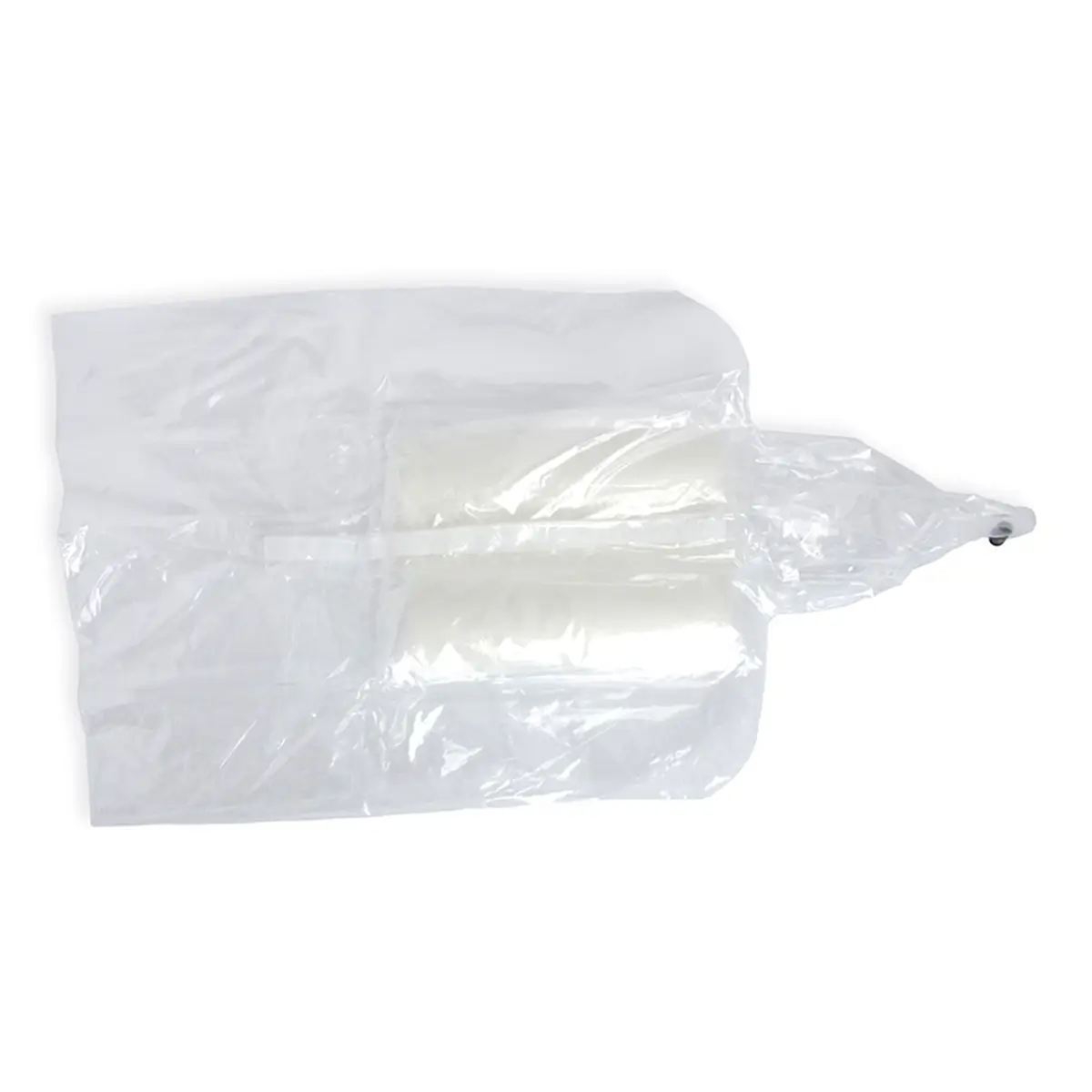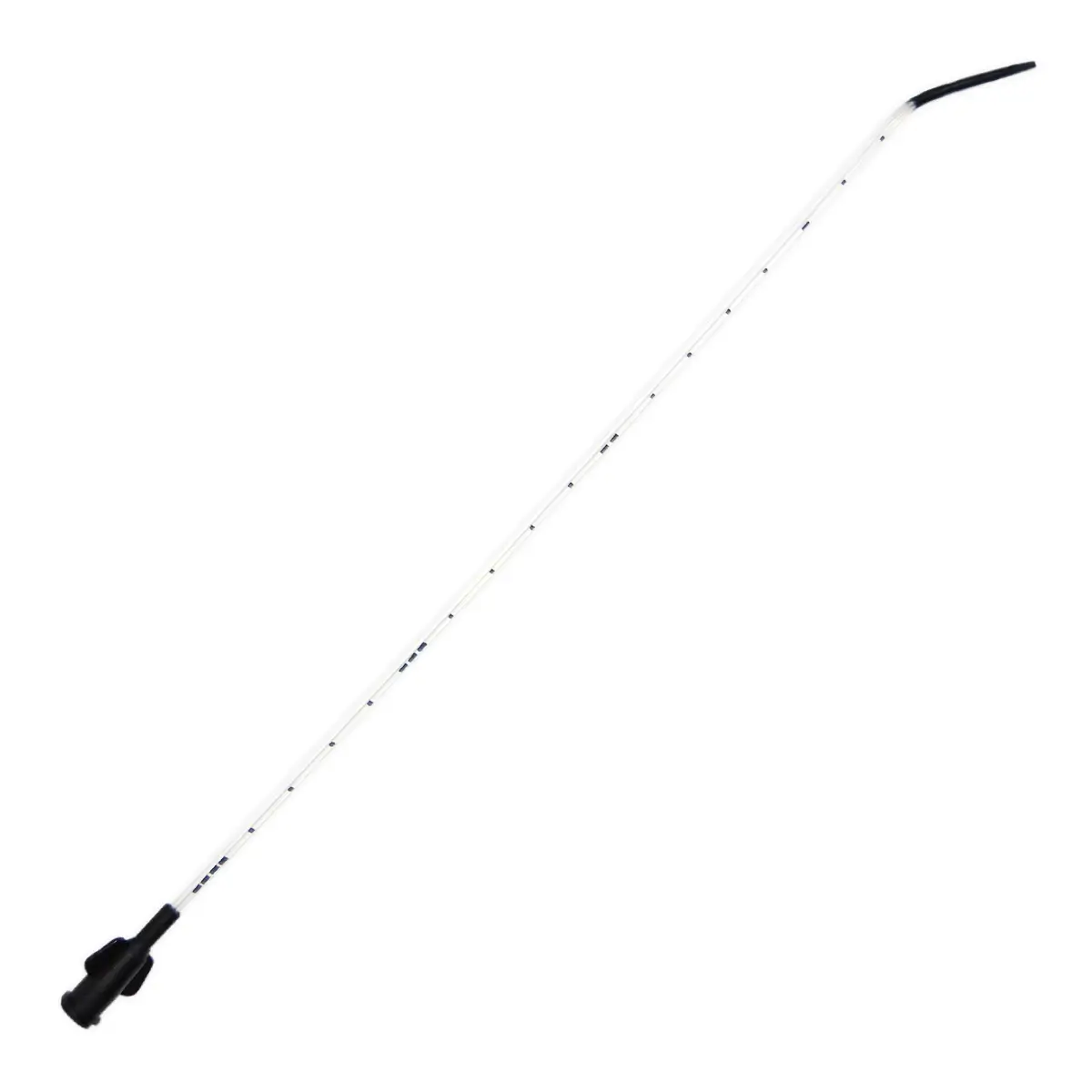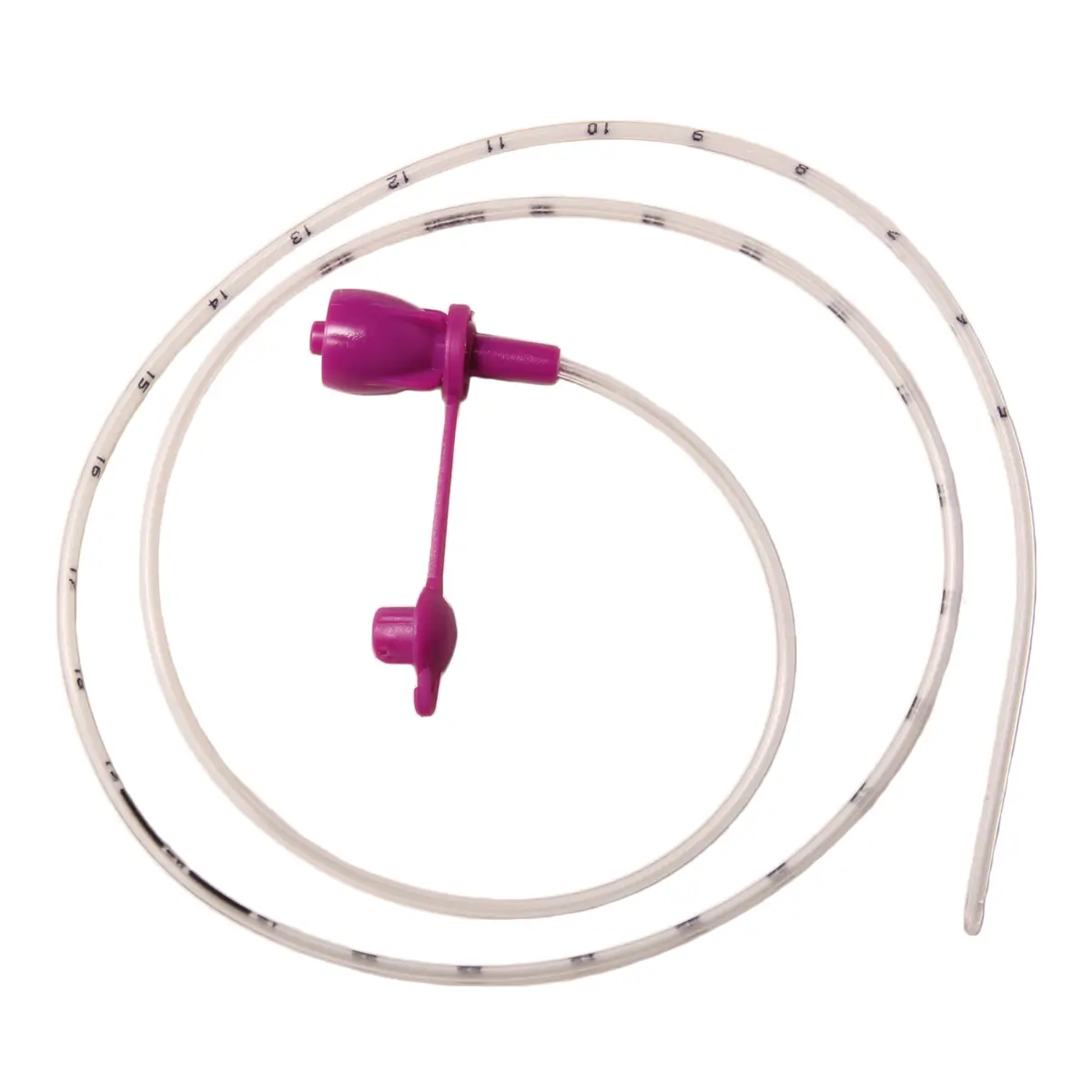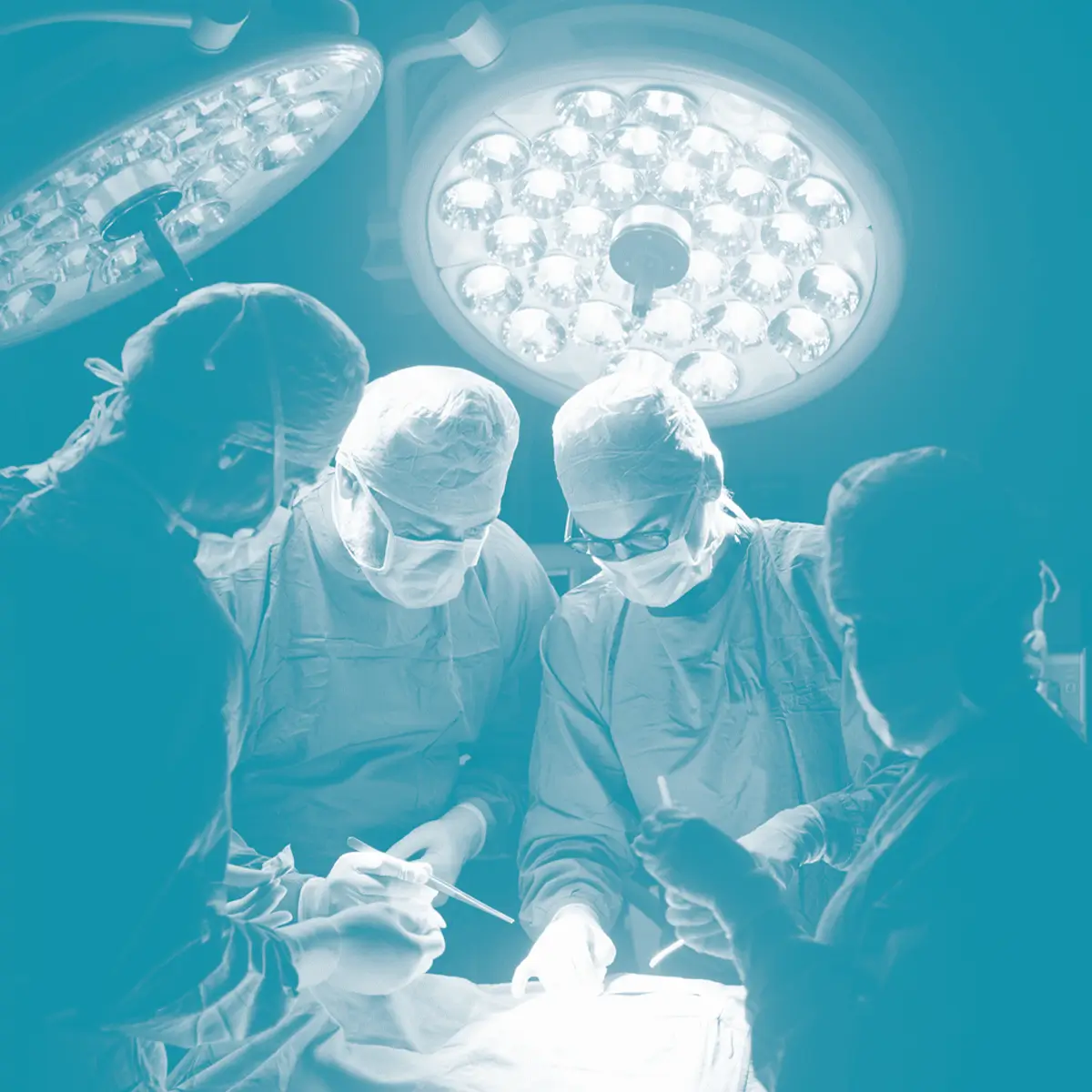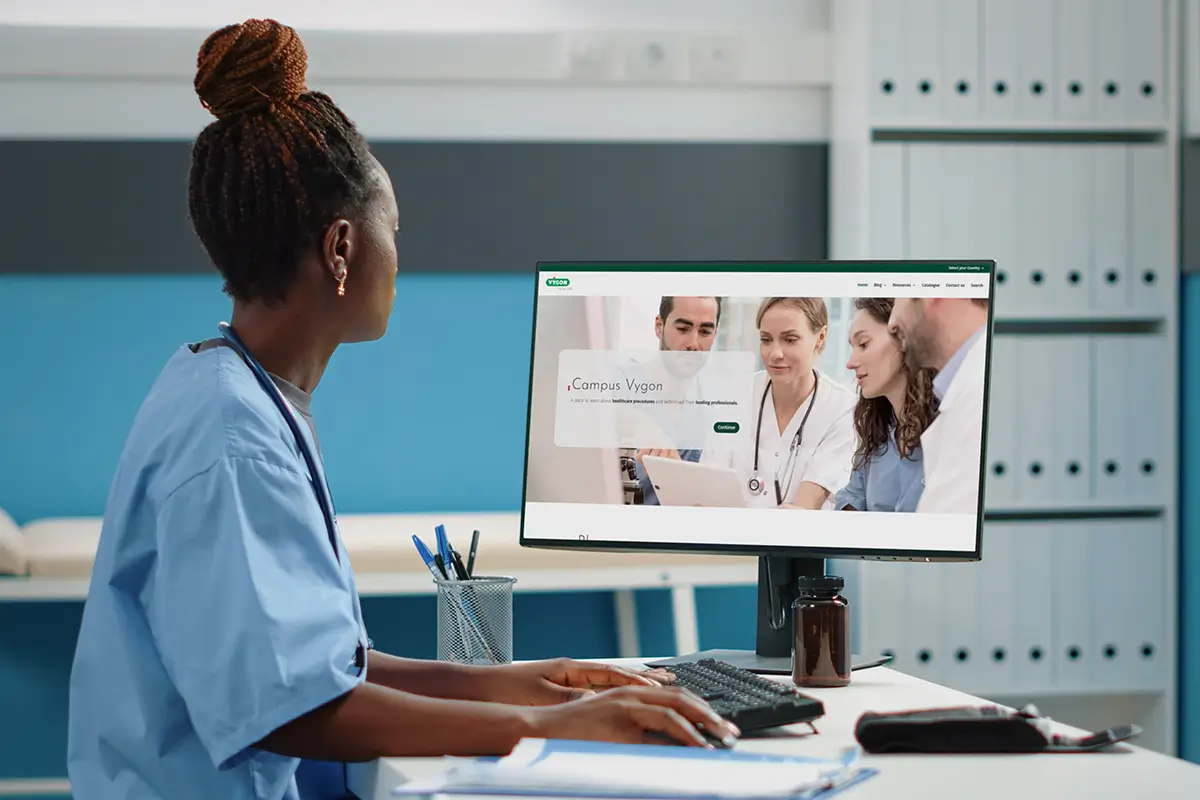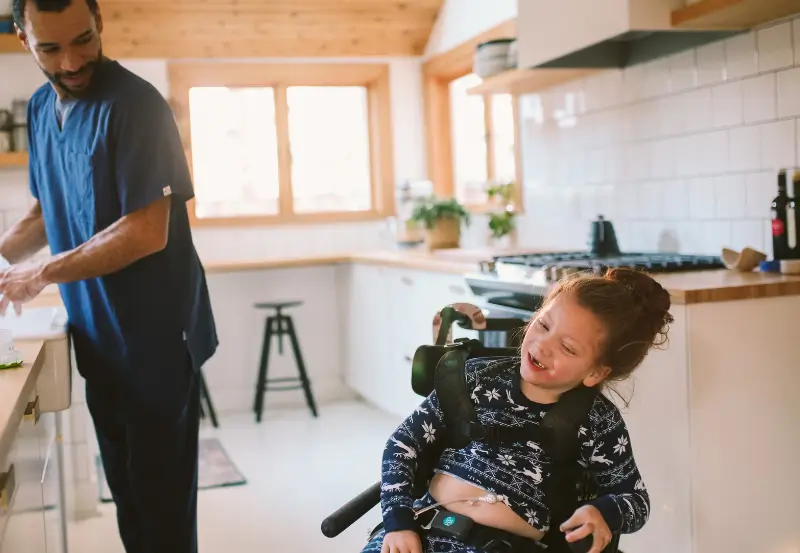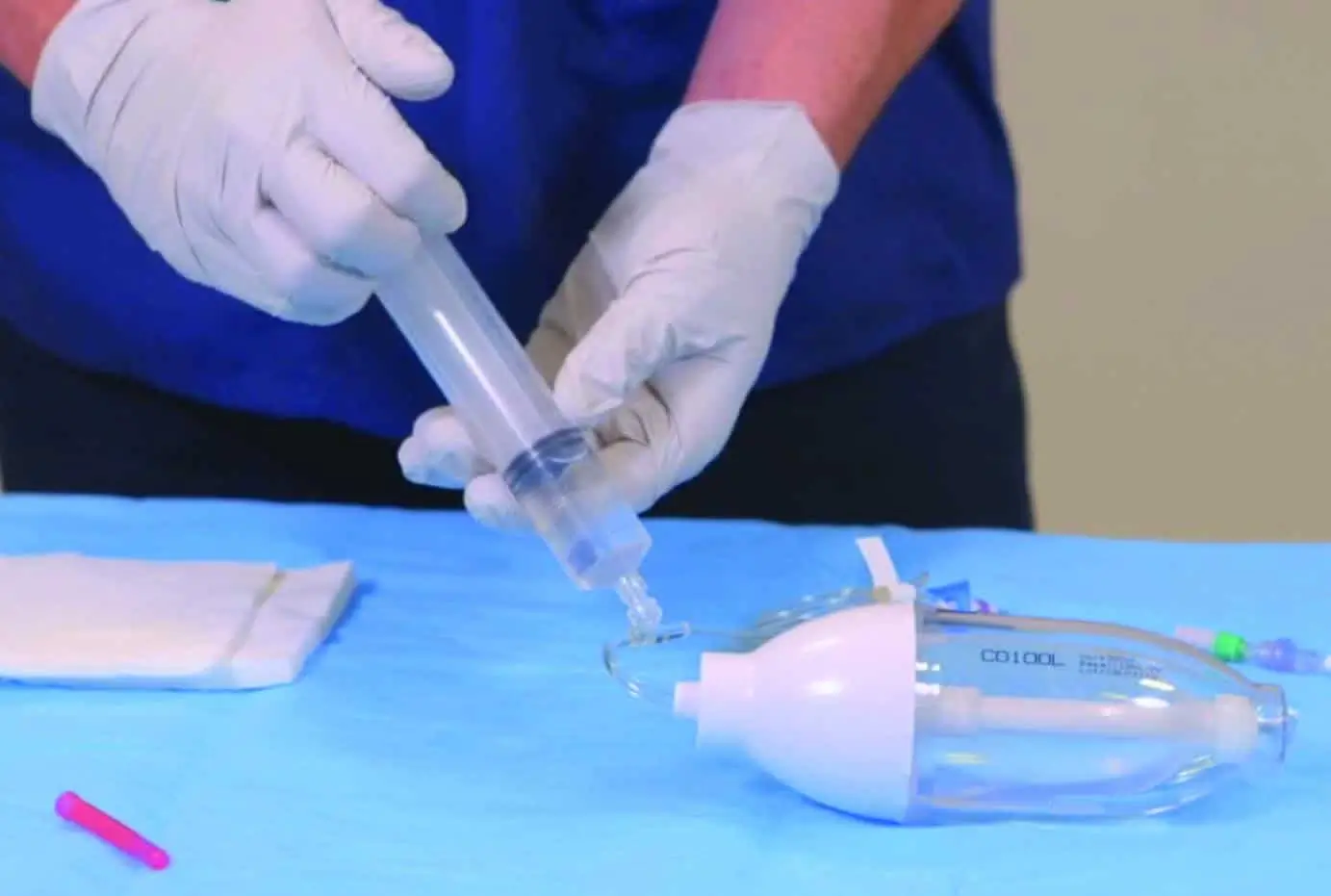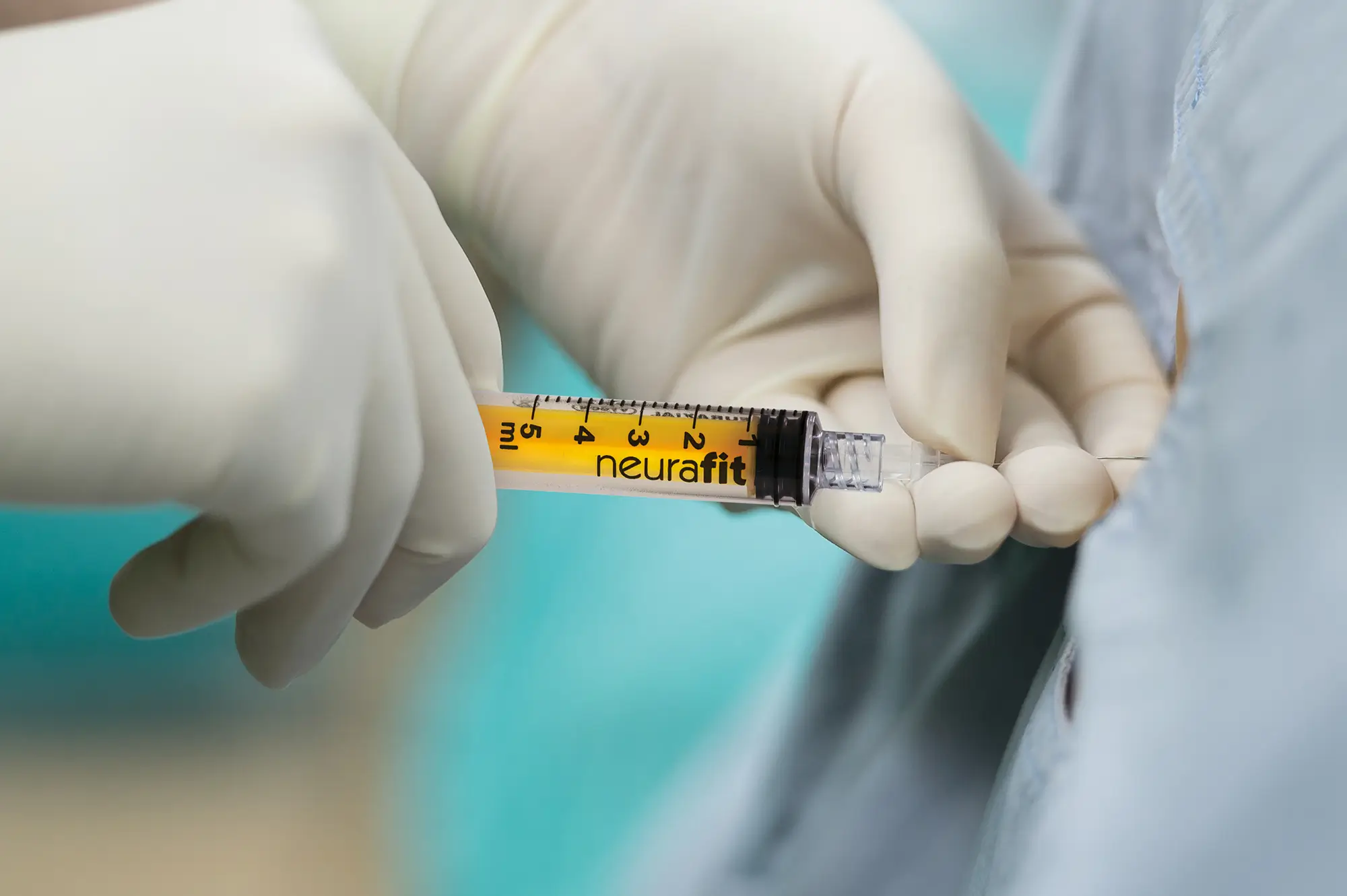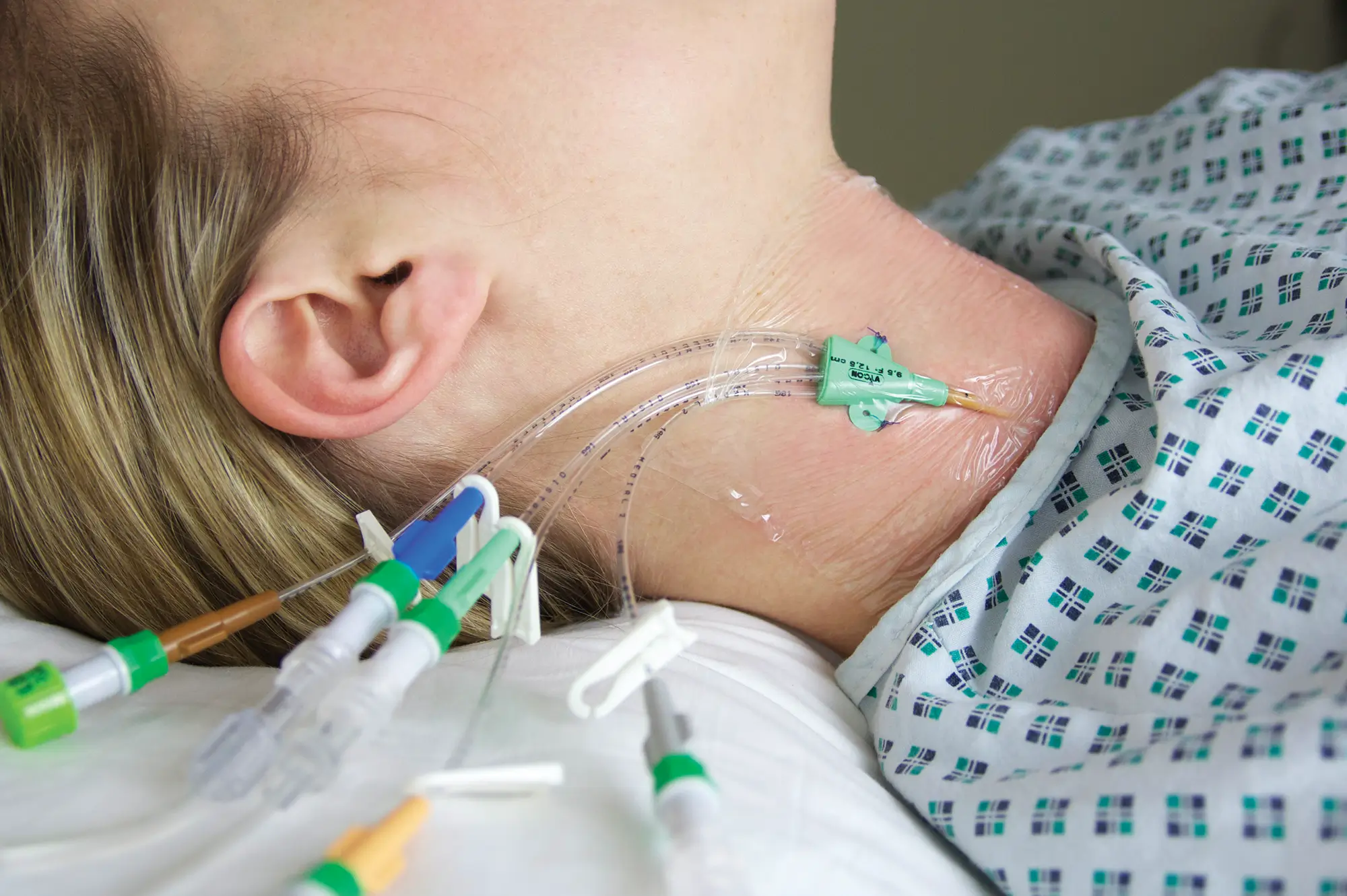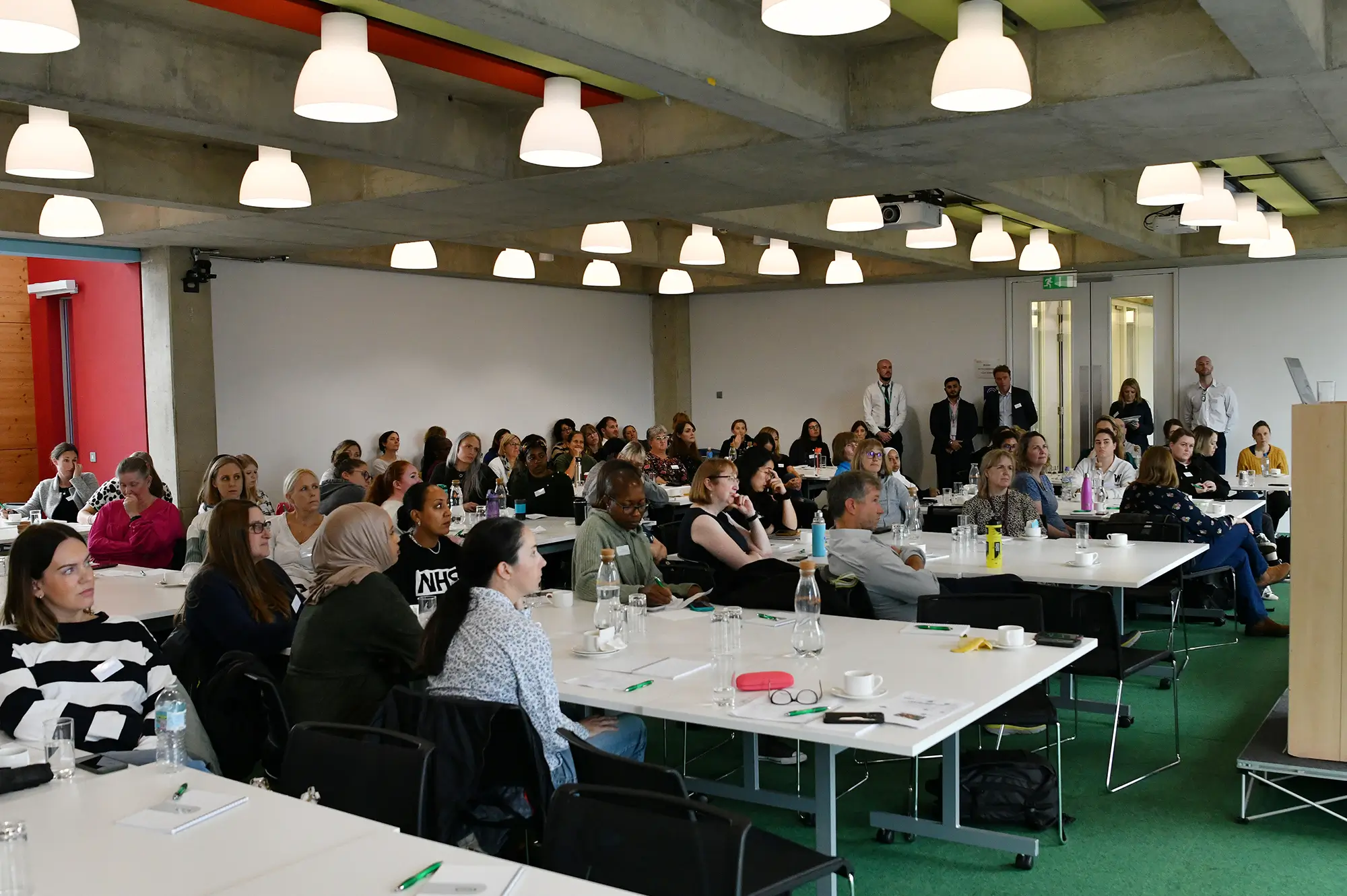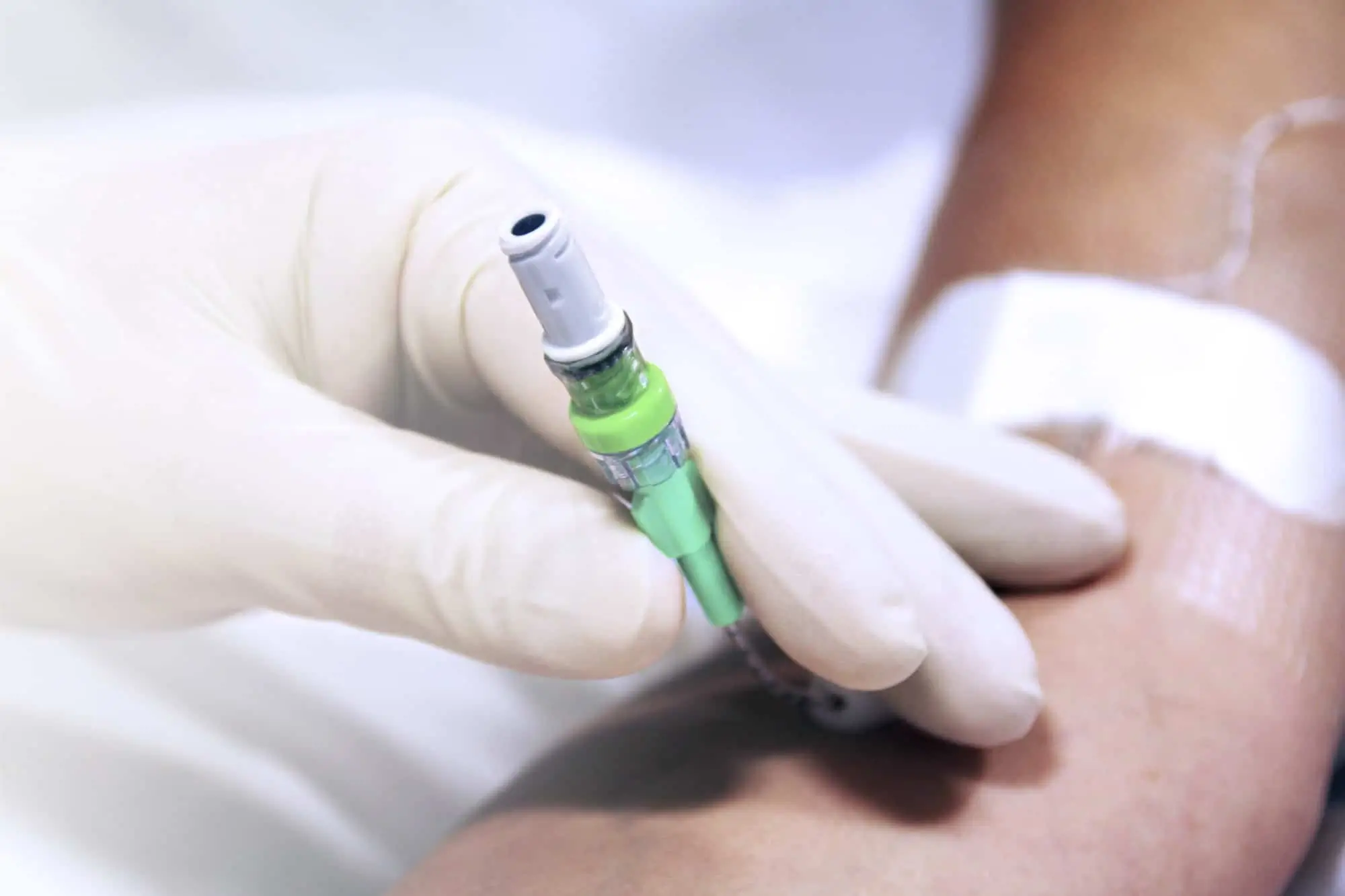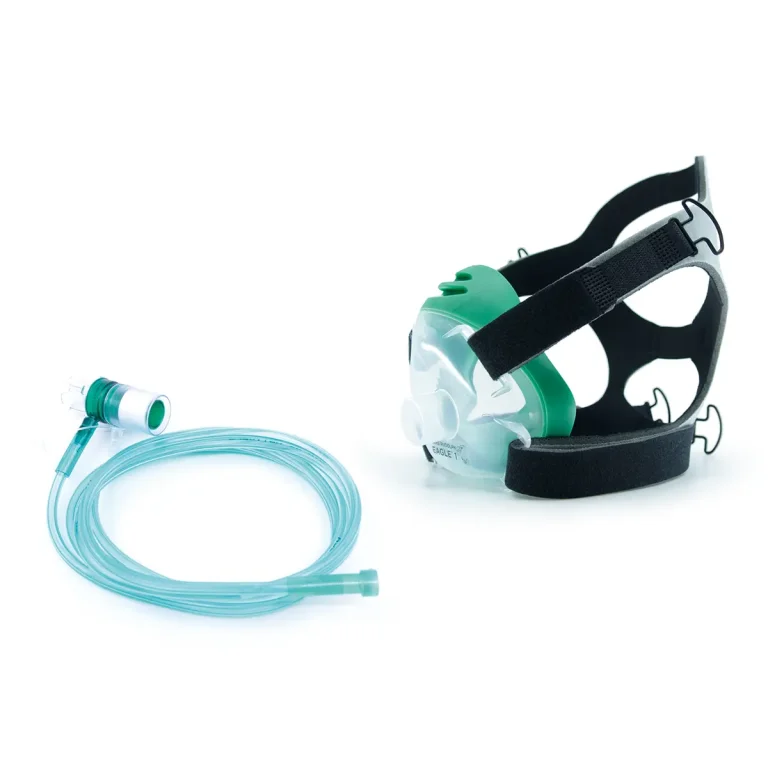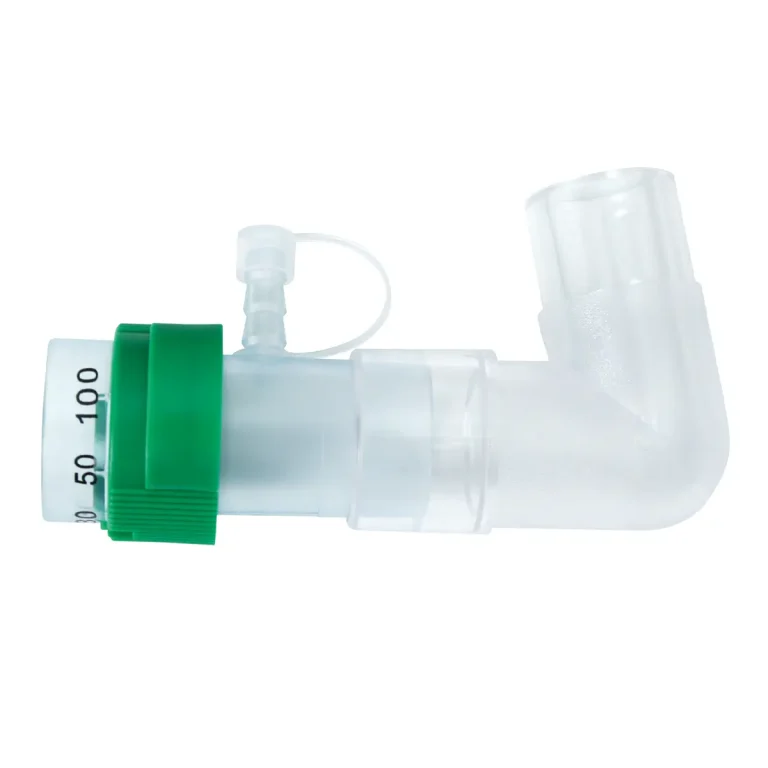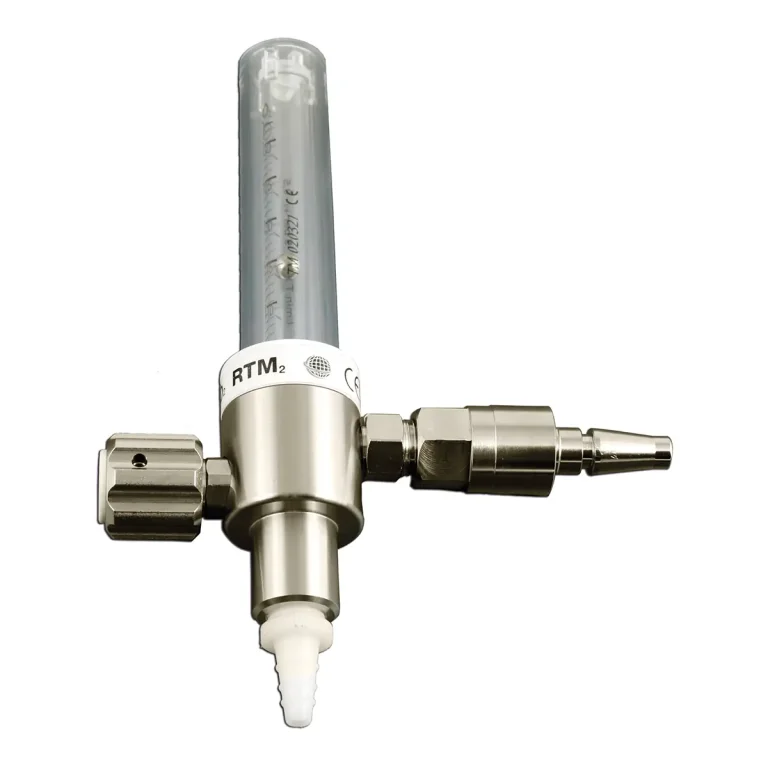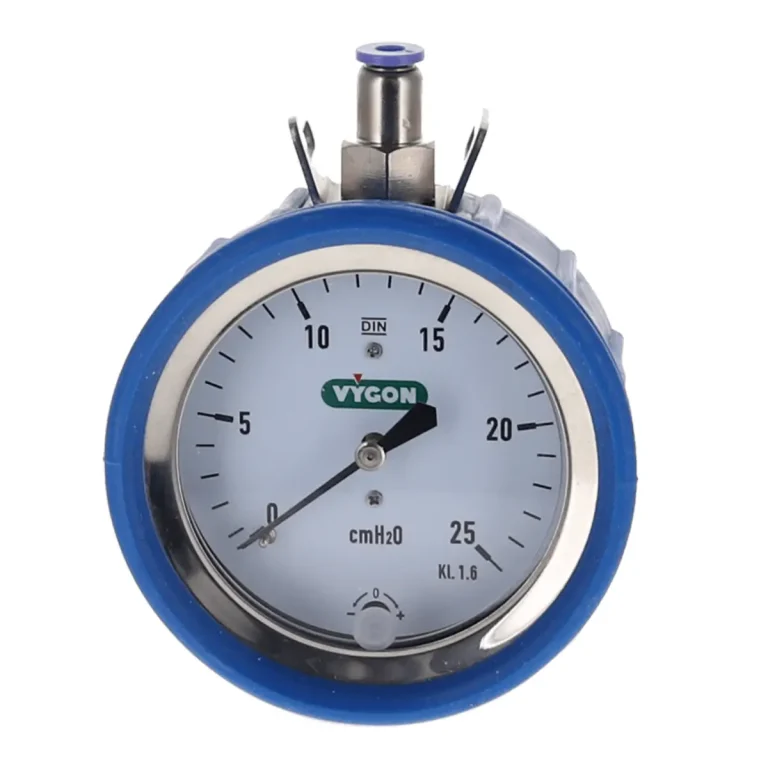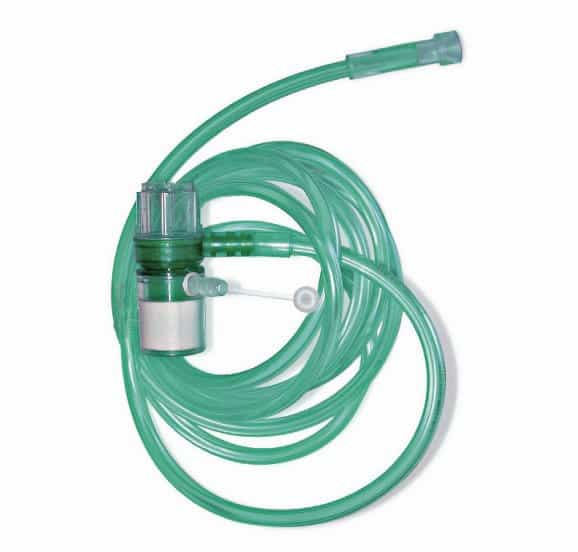Oxygen Therapy
Showing all 6 results
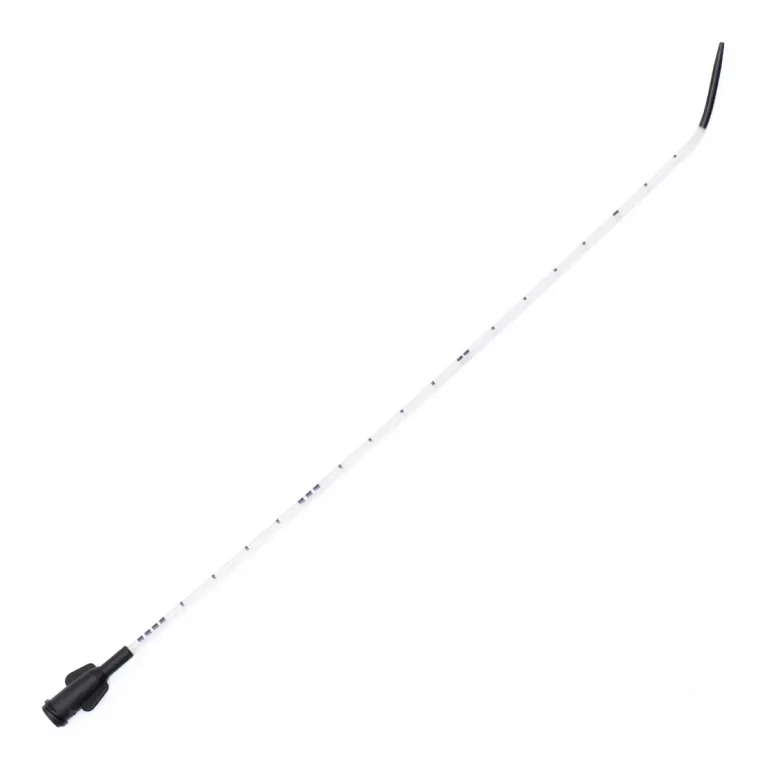
Surfcath™
Surfcath™ is a purpose designed catheter used to administer surfactant to neonates with Respiratory Distress Syndrome (RDS) using the LISA method. Surfcath™ is designed for use within t...
Read more
Oxygen Therapy Devices
Oxygen therapy is a vital clinical tool used across departments, used to manage, and support a number of chronic and acute medical conditions. Treatments can be temporary or long-term depending on patient requirements.
Vygon UK is dedicated to helping clinicians and their patients breathe easy, with our range of oxygen therapy devices. Vygon lead the way with our range of expert CPAP devices and accessories including CPAP masks, tubing and flow meters.
CPAP Devices & Accessories for Clinical Use
Discover the range of our Boussignac CPAP devices, specially designed for clinical use and delivery of continuous positive airway pressure. Designed for improved fit and comfort of your patients requiring controlled oxygen therapy.
For more information on our oxygen therapy range, please contact a member of the Vygon team.

